A Use Case describes a task that is performed by an actor yielding a result of business value for a business. A use case may be visualized as a use case diagram or/and in structured textual specification format:
Continue reading
Learning one new thing everyday


A Use Case describes a task that is performed by an actor yielding a result of business value for a business. A use case may be visualized as a use case diagram or/and in structured textual specification format:
Continue reading
Agile is a philosophy of providing solutions that encompass and facilitate evolutionary change throughout the life cycle of a product/project. Many agile teams and organizations have been using Agile to deliver software faster, improve quality, and ultimately improve customer satisfaction.
Continue reading
User stories are part of the agile approach and help shift the focus from writing requirements to discussing them. All agile user stories include one or two written sentences and, more importantly, a series of conversations about the desired functionality.
Continue reading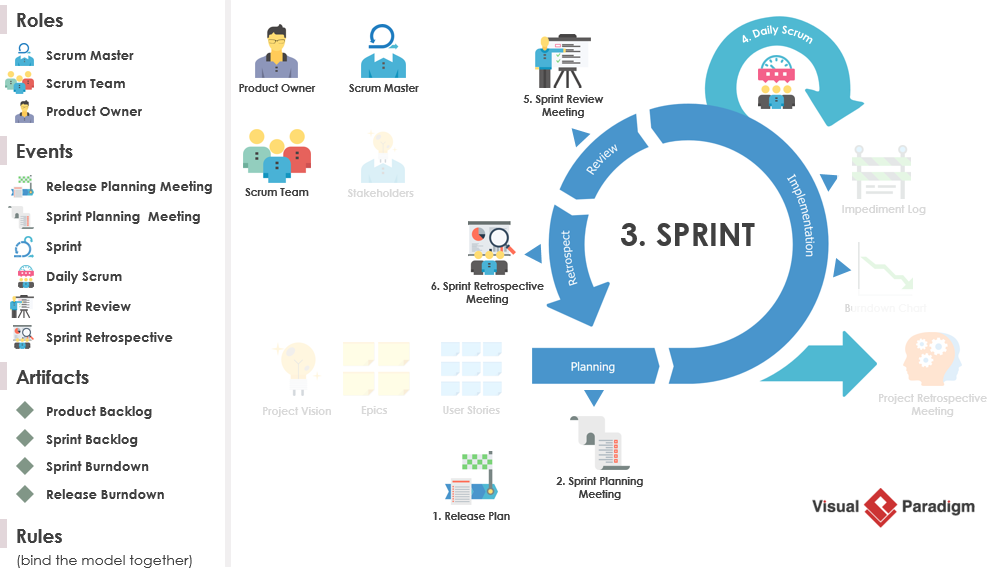
The Scrum framework consists of Scrum Teams and their associated roles, events, artifacts, and rules. Each component within the framework serves a specific purpose and is essential to Scrum’s success and usage. The rules of Scrum bind together the roles, events, and artifacts, governing the relationships and interaction between them as shown in the Figure below:
Continue reading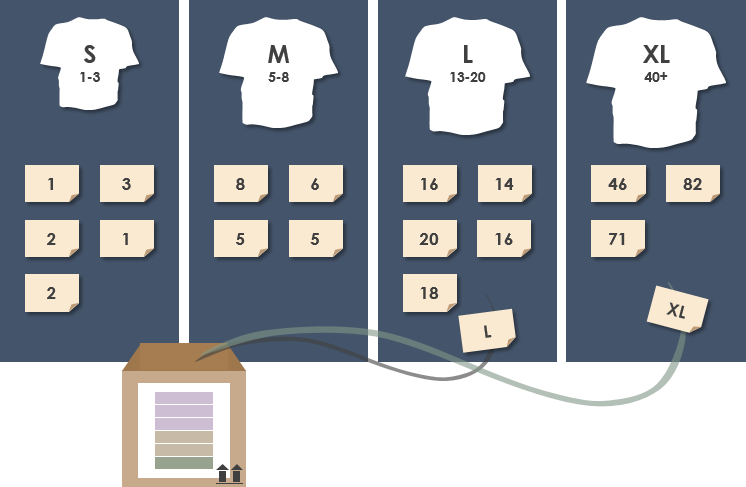
Whether a team is developing a product or a project, we need to answer the question “When will we be able to finish it?” , or how far we will be able to go at a certain point in time, so as with traditional development models, we need to estimate the workload before we start the project. Agile estimation is the process of estimating the effort required to complete a priority task in the product backlog. This effort is usually measured in terms of the time required to complete that task, which in turn leads to accurate sprint planning.
Continue reading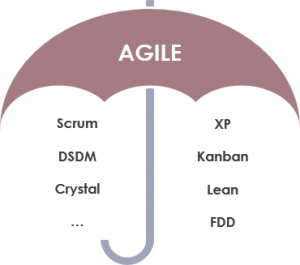
When the Agile Manifesto was created, there were quite a few “lightweight” development processes; Other such methods have since emerged. They are now collectively referred to as “agile” methods. Since the birth of the Agile Manifesto in 2001, there has much buzz around being agile. The Agile approach is just a way of thinking that enables teams and organizations to innovate, quickly respond to changing demand, while mitigating risk. Organizations can be agile using many of the available frameworks available such as Scrum, Kanban, Lean, XP, etc…
Continue reading
Risk management is a system for identifying, addressing and eliminating issues that may be detrimental to the cost, schedule or technical success of a project or to the morale of the project team. “Tomorrow’s problems are today’s risks.” Therefore, “risk” is clearly defined as a problem that could cause some damage or threaten the project schedule, but has not yet occurred.
Continue reading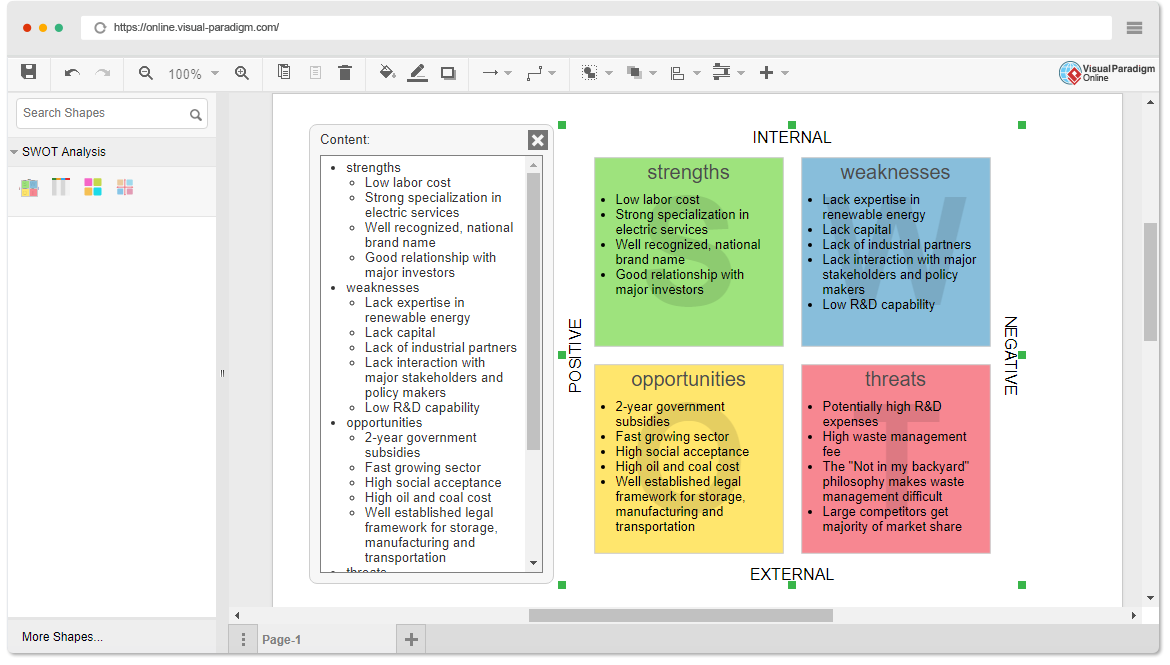
SWOT analysis is a technique developed at Stanford in the 1970s, frequently used in strategic planning. SWOT is an acronym for Strengths, Weaknesses, Opportunities, and Threats and is a structured planning method that evaluates those four elements of an organization, project or business venture. A SWOT analysis is a simple, but powerful, framework for leveraging the organization’s strengths, improving weaknesses, minimizing threats, and taking the greatest possible advantage of opportunities.
Continue reading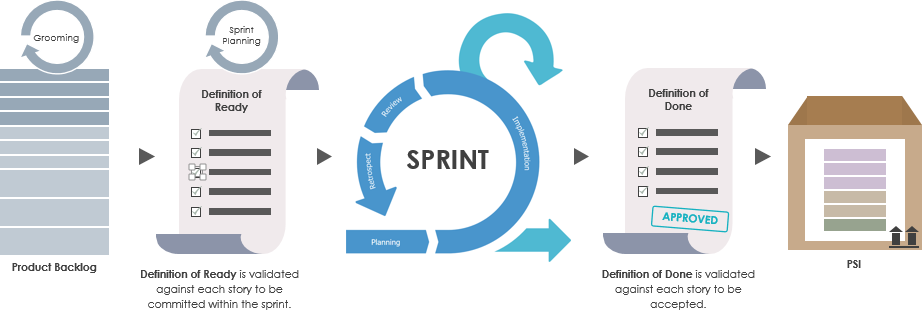
The Definition of Readiness (DOR) records when a product backlog item (such as user stories) has worked to the point where it is “likely” to be included in a sprint, while the Scrum team uses DoD to define when all work on a product backlog item (such as user stories) has been completed.
Continue reading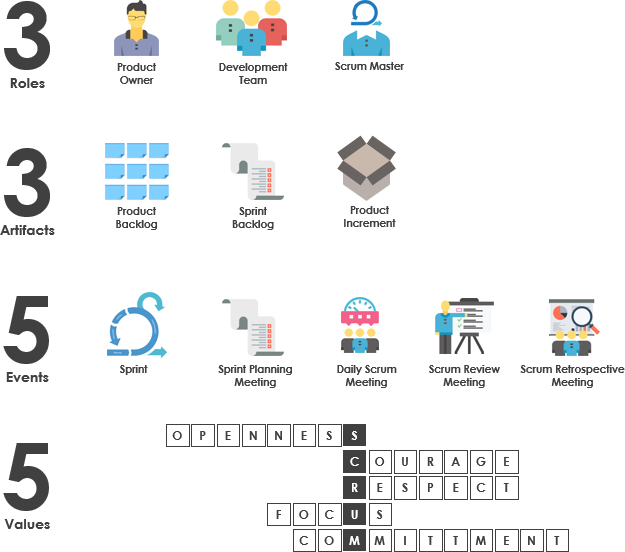
Scrum artifacts provide critical information that the Scrum team and stakeholders need to know in order to understand the product being developed, the activities being planned, and the activities being completed in the project. The following artifacts are defined in the Scrum Process Framework.
Continue reading